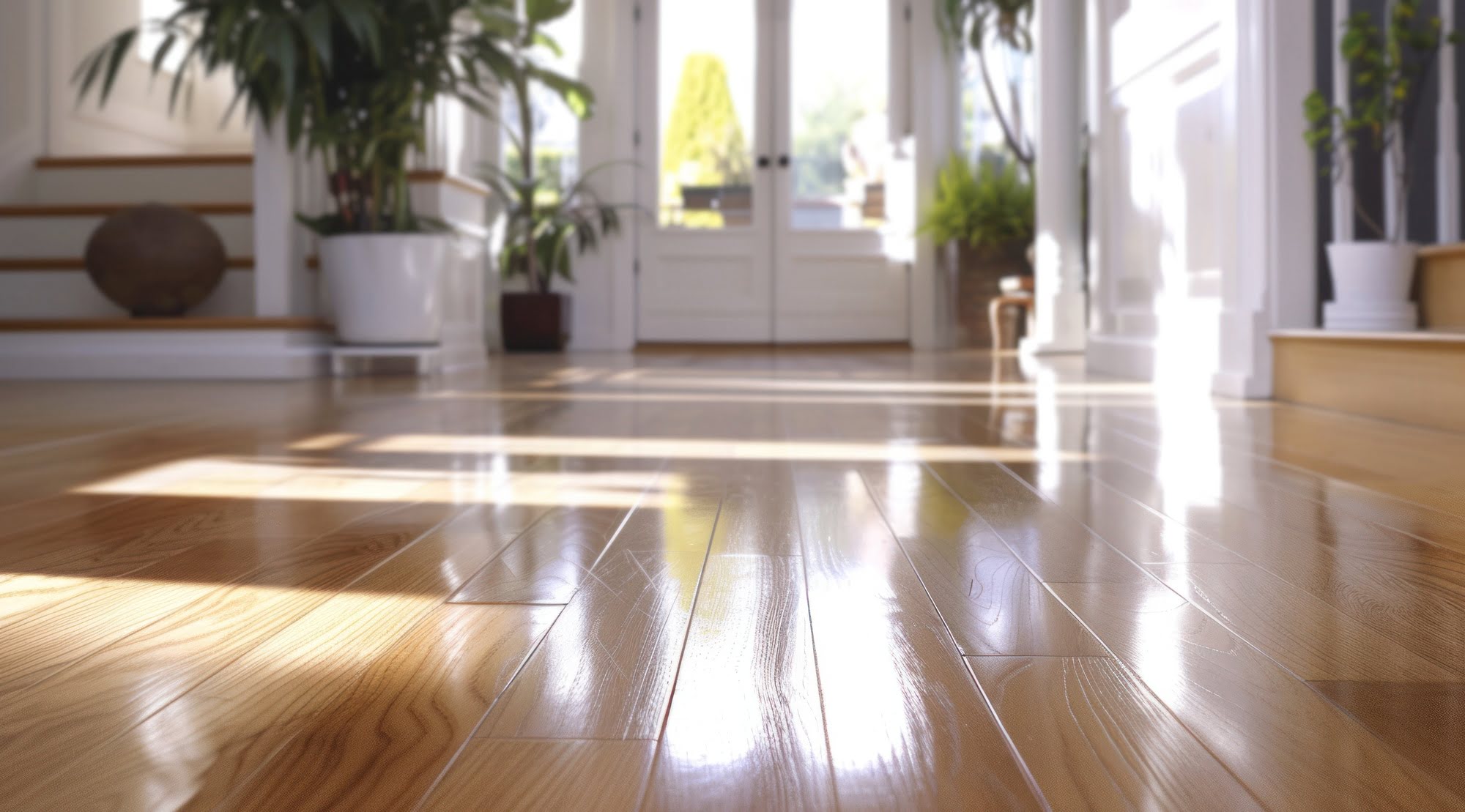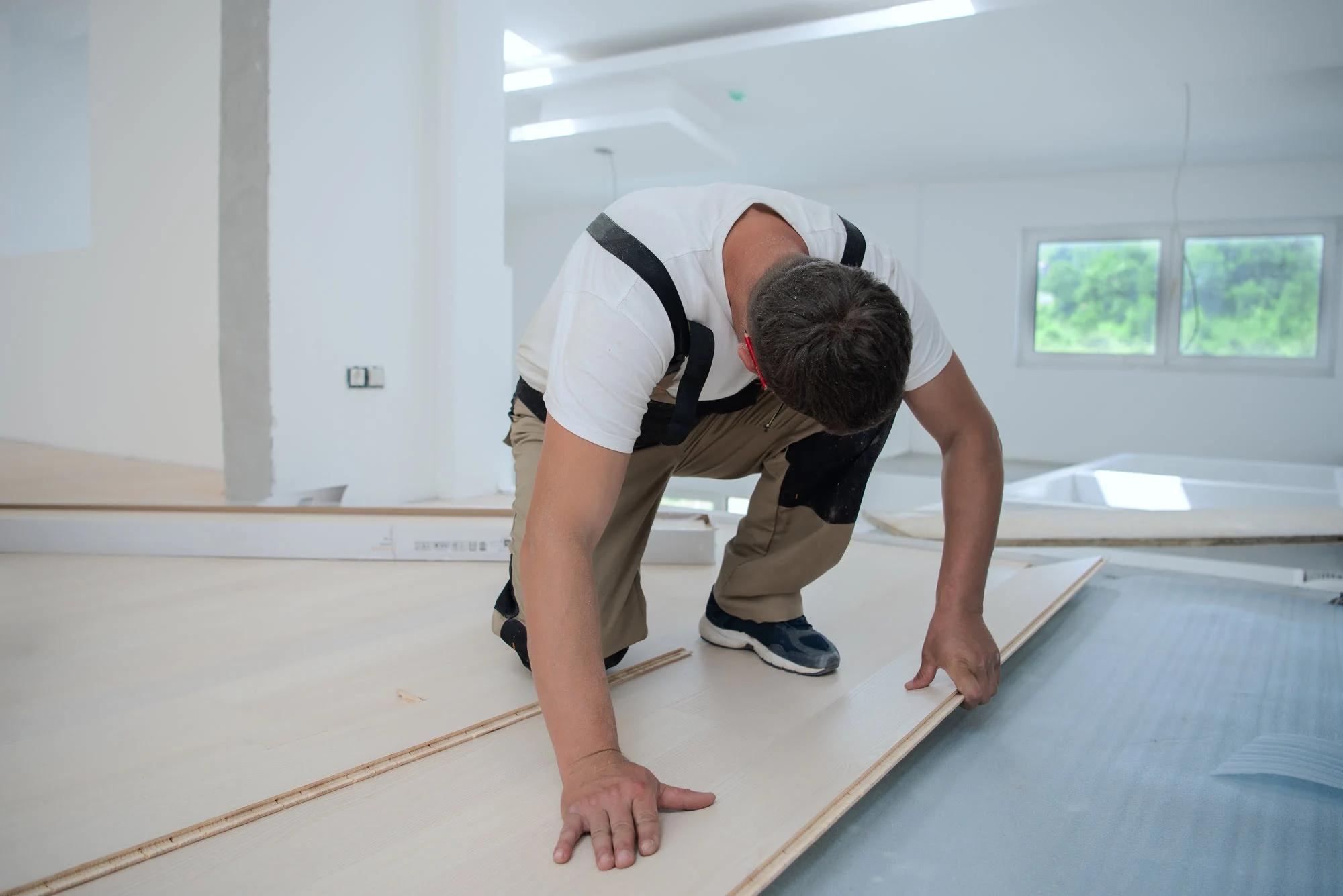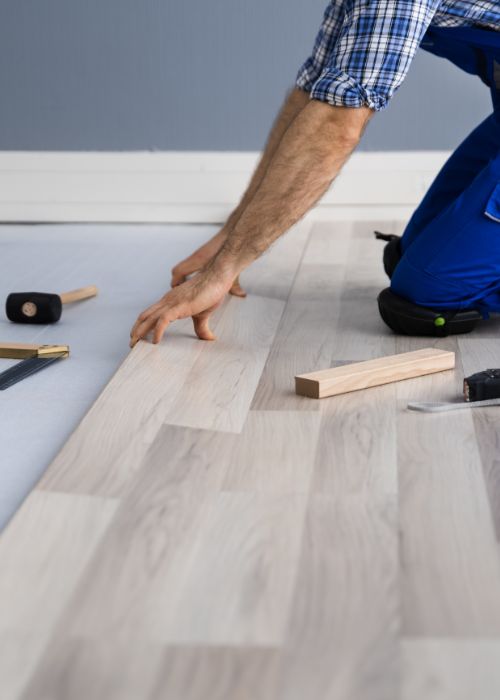Cleaning hardwood floors complements every home with its stunning beauty and comfort. But every season brings in new cleaning concerns including ice, dirt, and water not to mention daily traffic, spills, and scratches.
Learning how best to clean, care, and maintain hardwood floors ensures that they always look their best and gives you a gasp of joy every time you come home. But since every home experiences different levels of traffic, it’s important to pick a routine that works best for you.
Here is the best cleaning and maintenance routine that will keep you and your hardwood floor happy for years to come.
1. Spot Clean Promptly
As soon as you notice a spill or sticky stain, clean it promptly using a soft cloth. Unattended spills can discolor the finish or warp your hardwood floors. Make sure to clean them fast and correctly.
2. Dust the Floors Daily
Dusting is one of the most important routines in caring for hardwood floors. A quick dusting ensures that you pick up dirt, dust, and pet dander that can damage your floors. If sweeping daily seems excessive, aim for the high-traffic areas as often as possible. A broom or dust mop is perfect for a gentle clean that extends the life and beauty of your floors.
3. Vacuum Weekly
Vacuuming every few days to once a week helps to clean up dirt and debris stuck between the floorboards. Ensure to adjust your vacuum’s height so that the bristles are slightly above the floor — just enough to effectively clean the dirt away.
4. Mop the Floors
Ideally, you’ll want to vacuum the floors to remove any abrasive particles that can create scratches as you mop. Hardwoods are sensitive to moisture so a wet bucket and a dripping wet mop is a big no-no. Preferably, use a microfiber mop for cleaning hardwood floors as it uses less water for deep and effective cleaning.
A steam mop may be fast and easy to use but it could allow vapor to penetrate through the boards which can cause floor warping.
5. Resanding
If your floors look dull or faded, resanding can give them the extra love they need. Resanding involves filling all gaps, knots, and holes for a smooth and flat surface and the application of stains and finishes for that shiny and beautiful look.
Experts agree that hardwood floors can take several refinishes in their lifespan so don’t hesitate to have resanding done every few years to make them look brand new again.
6. Refinishing
Refinishing is a vital part of hardwood floor maintenance. It includes buffing out any imperfections caused by wear and tear, scuffing the existing finish, and applying a fresh coat of finish for a shiny new look. Refinishing your floors every 4 to 6 years also provides an extra layer of protection prolonging the lifespan of your floors.
Contact Classic Flooring LLC for Quality Hardwood Flooring Maintenance Services
For reliable and budget-friendly hardwood floor resanding and refinishing services, look no further than Classic Flooring LLC. We use the best floor maintenance products to transform every detail of your hardwood floor to perfection. Contact us today for a free flooring maintenance quote!




